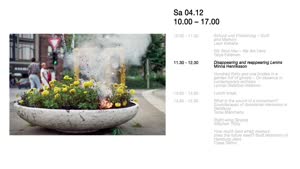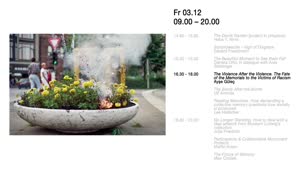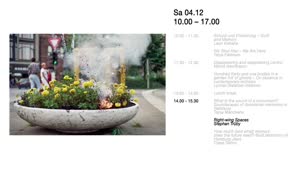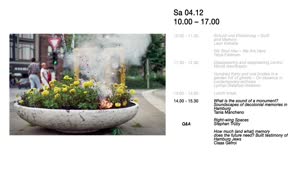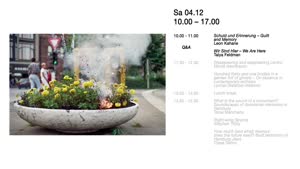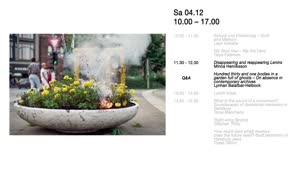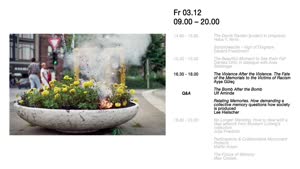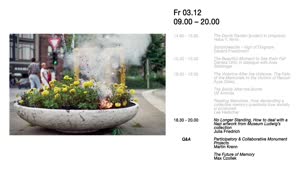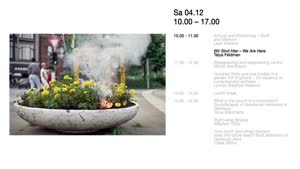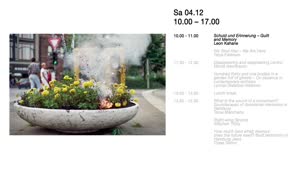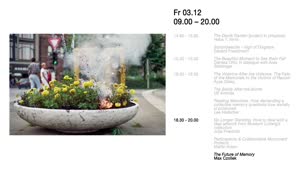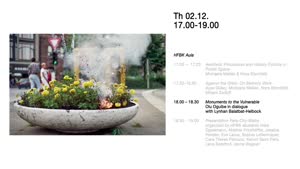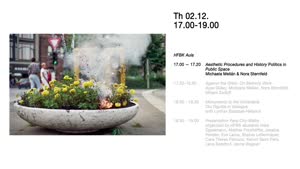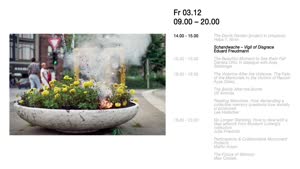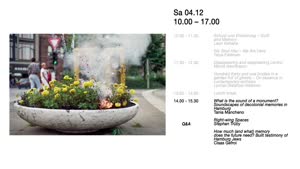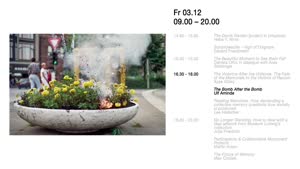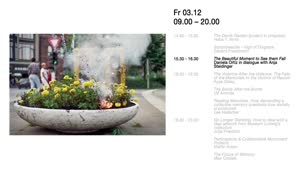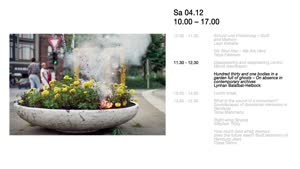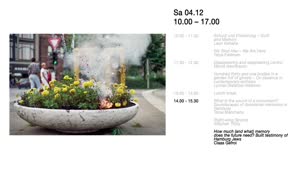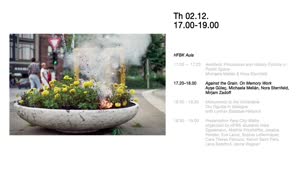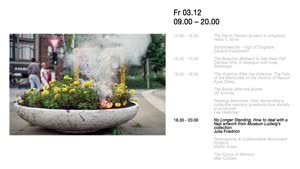Ayşe Güleç: The Violence After the Violence. The Fate of the Memorials to the Victims of Racism - Prof. Michaela Melián, Prof. Dr. Nora Sternfeld - HFBK
- MEDIATHEK
- Alle Videos
- HFBK
- Alle Bereiche
- Conference: Counter-Monuments and Para-Monuments
Alle Videos
Ayşe Güleç: The Violence After the Violence. The Fate of the Memorials to the Victims of Racism
Since the racist pogroms in Mölln, Solingen, Rostock, and Hoyerswerda in the late 1990s, Germany has seen the emergence of commemorative sites for victims of racist, right-wing terrorist violence. Since that time and still today, these have had to be established by relatives and friends or activists, and even after the neo-Nazi NSU became public in November 2011, remembrance had to be established first and foremost. At first chains of lights were put in place by the authorities but these, just as after the racist murders of the 1990s, were both representative of the state and not very long-lasting, so the fight for a lasting form of remembrance was left up to the survivors and relatives of the victims. Afterwards, memorials for the victims were set up by city authorities in Kassel, Dortmund, Rostock, Nuremberg, and Munich, for example – albeit frequently by no means close to the crime scenes. In this way, the concerns, wishes, and interests of the families of the murder victims were left out, ignored, and fell on deaf ears. This not hearing, or not wanting to hear, can be regarded as the violence after the violence. Yet this also has material manifestations: Memorials such as the commemorative stele for Halit in Kassel, for example, have been vandalized several times. Meanwhile, activists in Nuremberg commemorate Enver Simsek with a portrait close to the flower stand in the city where he was murdered, but the image has been destroyed several times, the name smeared, the eyes scratched out. Following threats by the AFD, the obelisk known as The Strangers and Refugees Monument by Olu Oguibe was removed from the city center after documenta 14, dismantled on the night of German Reunification Day. In this context, too, we can talk about violence after the violence. So what do the memorials tell us about their settings? How do we understand the way, state institutions deal with memorials to racist incidents and acts, and which counter-monuments and para-monuments do we need that negotiate the past, present, and future at the same time?
Ayşe Güleç is an educator, author, curator, and research activist at the intersections of anti-racism, art, art education, and migration. Since 2019, Güleç has been working as curator in the Artistic Team of documenta 15 (2022). In 2021, she curated the exhibition Offener Prozess, shown at the Stadtmuseum Jena, Neue Sächsische Galerie (Chemnitz), Maxim Gorki Theater (Berlin), and La Vallée (Brussels). Previously, she was Head of the Art Education Department at the Museum für Moderne Kunst MMK (Frankfurt am Main). As Head of Community Liaison at documenta 14 (2017), she established interlocal connections between artists and socio-political contexts and built up the Society of Friends of Halit. She was one of the initiators of the collective anti-racist movement that implemented the first NSU tribunal in 2017, has been active against racism for many years, and is part of the Kassel Initiative 6 April. From 1998 to 2016 Güleç worked as Head of the Education & Migration Department at the socio-cultural center Schlachthof in Kassel in the field of migration as well as local and European education, building various networks of collaboration. For documenta 13 (2012) she was a consultant and member of “Maybe Education” and also coordinated training for art mediators. In 2007 she developed the documenta 12 Advisory Board as a special form of mediation, subsequently becoming the board’s spokesperson.
---
The conference is dedicated to the history of artistic counter-monuments and forms of protest, discusses aesthetics of memory and historical manifestations in public space, and asks about para-monuments for the present.
Programme: https://www.hfbk-hamburg.de/de/projekte/conference-counter-monuments-and-para-monuments-contested-memory-public-space/

